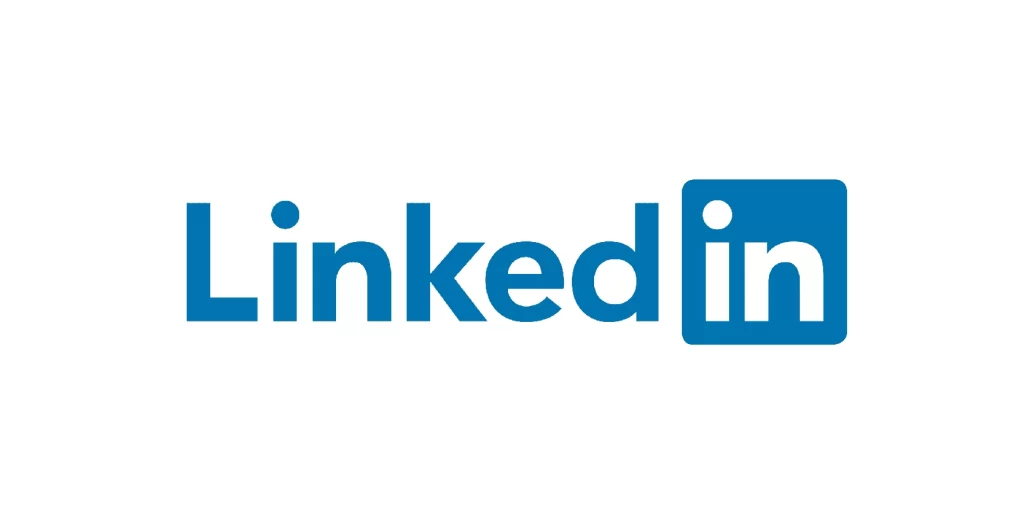To gain a deeper understanding of the preferences and needs of multicultural consumers, we sought insights from Market Research Analysts and CEOs. They provided us with five unique types of research and data collection methods, ranging from ethnographic research for multicultural insights to cultural immersion for consumer research. Dive into their expert advice to enhance your multicultural marketing strategy.
5 Effective Methods for Researching and Understanding Multicultural Consumer Preferences
- Ethnographic Research for Multicultural Insights
- Leveraging User-Generated Content
- Open-Ended Surveys for Consumer Insight
- Focus-Group Discussions for Understanding Multicultural Consumer
- Cultural Immersion for Consumer Research
Ethnographic Research for Multicultural Insights
Hugo Gorman, a market research analyst, expands on the meaning of ethnographic research, saying, “Ethnography involves the systematic study of people and cultures through direct observation and interaction.”
Gorman further elaborates, “In the context of understanding multicultural consumers, ethnographic research provides a deep and immersive understanding of the cultural nuances, behaviors, and preferences that may influence purchasing decisions. Researchers conducting ethnographic studies often spend extended periods within the communities they are studying, actively participating in daily activities and engaging in conversations with individuals from diverse cultural backgrounds.”
He says practicing this method allows researchers to “gain insights into the cultural context that shapes consumers’ attitudes, beliefs, and choices.”
Leveraging User-Generated Content
As the CEO of an e-commerce agency, Gabriel Kaam refines using user-generated content as one of the most relevant methods for understanding multicultural customer behavior.
Kaam exhibits user-generated content: “By analyzing the content shared by our active members, trends and preferences can be promptly identified, providing genuine feedback and discussion.”
When relating this to his profession, “This database assists in accompanying our clients in offering practical and authentic products that not only embrace the brand’s identity but also ensure higher ROI and engagement among the targeted audience,” he explains.
Open-Ended Surveys for Consumer Insight
Scott Sidders, co-founder of a traveling media company, conveys that “Open-ended surveys are the best way to understand the preferences and needs of all consumers, no matter their background. Let people tell you exactly how they feel, and you will gain a much better understanding than you will from cruder data collection methods.”
He strongly expresses that the key to having great open-ended surveys involving consumer insight is to “ask good questions that entice the respondent to go into detail about the research topic. It’s time-consuming to comb through big surveys of this nature, but it’s incredibly fruitful if you put in the effort. From your analysis and insights, you will then have a much better idea of multiple-choice questions or other follow-up surveys to run with next, if needed.”
Focus-Group Discussions for Multicultural Understanding
As the CEO and founder of a software solutions company, Alex Stasiak, affirms, “One effective method for understanding the preferences and needs of multicultural consumers is conducting focus-group discussions. By assembling a diverse group of individuals from different cultural backgrounds and engaging them in guided conversations about specific topics, products, or services, businesses can glean insights directly from their target audience. These discussions often unearth cultural nuances, values, and specific preferences that quantitative data might overlook.”
Stasiak believes that the direct feedback and interactive nature as it relates to focus groups “allows for deeper exploration of consumer sentiments and provide a platform for participants to voice their unique perspectives, leading to a richer understanding of multicultural needs.”
Cultural Immersion for Consumer Research
Roy Lau, co-founder of a mortgage company, indicates, “Cultural immersion programs involve researchers actively participating in, and immersing themselves in, different cultures to gain a deeper understanding of the preferences and needs of multicultural consumers.”
Lau develops the case of cultural immersion as being brought up on firsthand experiences from consumers’ daily lives, making it easier for researchers to study. He provides an example: “A research team focusing on understanding the preferences of multicultural consumers in the fashion industry may participate in cultural immersion programs by living in diverse communities, attending cultural events, and engaging with local consumers.”
He hammers down on the need for those firsthand experiences, as they can “observe and document consumer behaviors, preferences, and needs, which can inform the development of targeted marketing strategies.”
—————-
Special thanks to Featured for their continued help in the creation of this blog post. Click below for more strategies from the Nativa team regarding Online Marketing.




